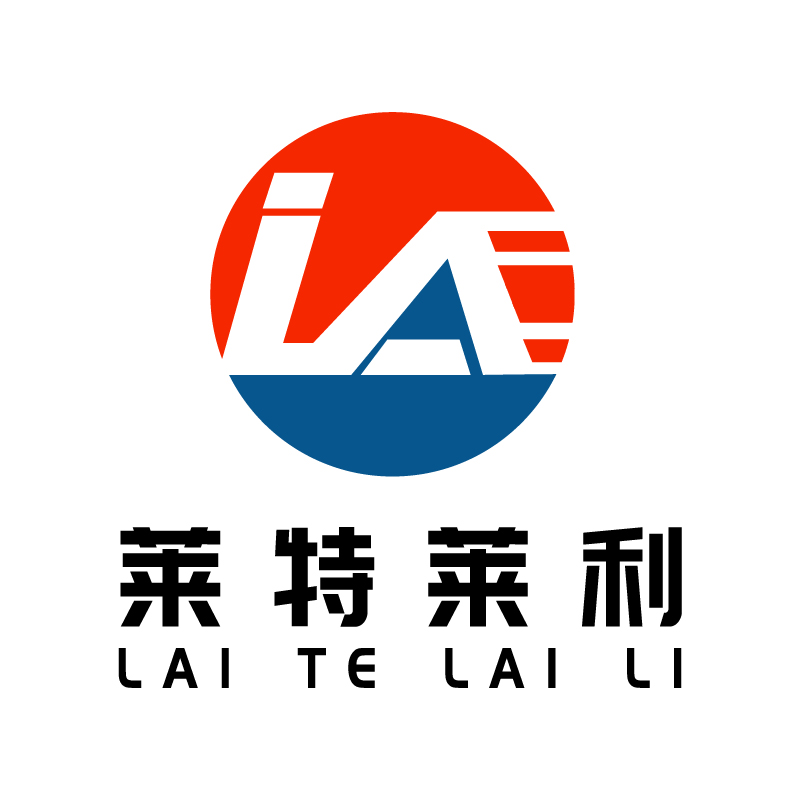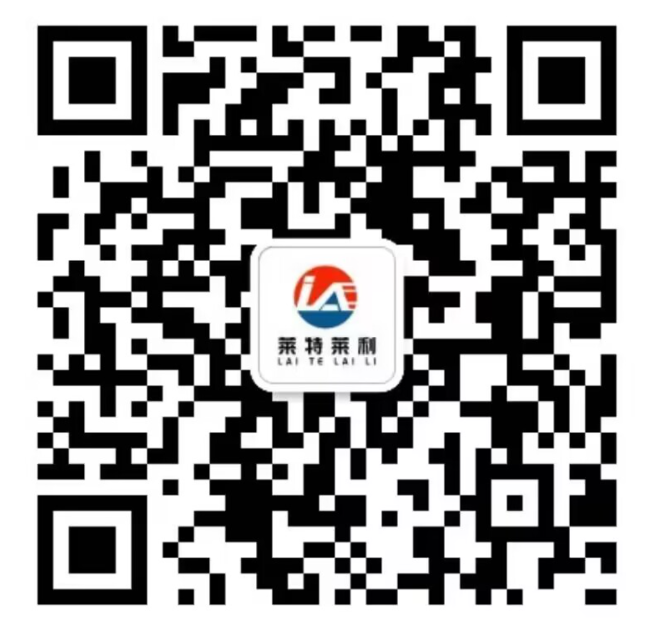Does the enhanced all-resin carbon strip roll (outer carbon, inner carbon) affect the printing?
Enhancing the winding of the all-resin carbon strip (outer carbon, inner carbon) does have a certain impact on printing, mainly in the following aspects:
First, print quality
1. Inner carbon carbon belt:
Advantages: The carbon powder layer of the carbon belt is inside the substrate, so it is not easy to peel off, which can ensure better printing quality and higher printing clarity. This is especially important where high-quality printing is required.
Disadvantages: Compared to the outer carbon strip, the inner carbon strip may require higher printing temperatures and pressures when printing specific materials to ensure that the toner can be adequately transferred to the printing material.
2. Outer carbon belt:
Advantages: The carbon powder layer of the outer carbon strip is on the surface of the substrate, and the friction is small when printing, and the printing speed can be achieved. At the same time, because the toner layer is directly exposed to the surface, it may be easier to achieve good adhesion for some printing materials.
Disadvantages: The toner layer of the outer carbon belt is easily polluted by air and moisture, and long-term storage may affect the stability of the printing quality.
Second, consumable life and cost
Internal carbon strip: Under normal circumstances, the consumable life of the internal carbon strip is relatively long, and more paper can be printed, reducing the frequency of replacing the carbon strip, which may reduce the printing cost to a certain extent.
External carbon belt: Although the cost of external carbon belt is relatively low, suitable for a large number of printing application scenarios, but in long-term use, if the print quality is unstable or the need for frequent replacement, it may also increase the overall cost.
Third, noise and operating experience
Internal carbon strip: Because the toner layer is inside the substrate, the friction sound is smaller during printing, making the printing process quieter and improving the operating experience.
Outer carbon belt: the noise during printing may be relatively large, but the specific difference needs to be judged according to the actual use and equipment model.
Fourth, application scenarios
Internal carbon strip: more suitable for applications that require high-quality printing, high print clarity requirements, and long consumable life requirements.
Outer carbon belt: more suitable for rapid mass printing, cost control requirements and long-term storage stability requirements are not extremely high occasions.
In summary, enhancing the roll direction of the all-resin carbon strip (external carbon, internal carbon) has many effects on printing, including print quality, consumable life and cost, noise and operating experience, and application scenarios. When selecting carbon belts, it is necessary to consider them comprehensively according to the specific printing needs and equipment models.



